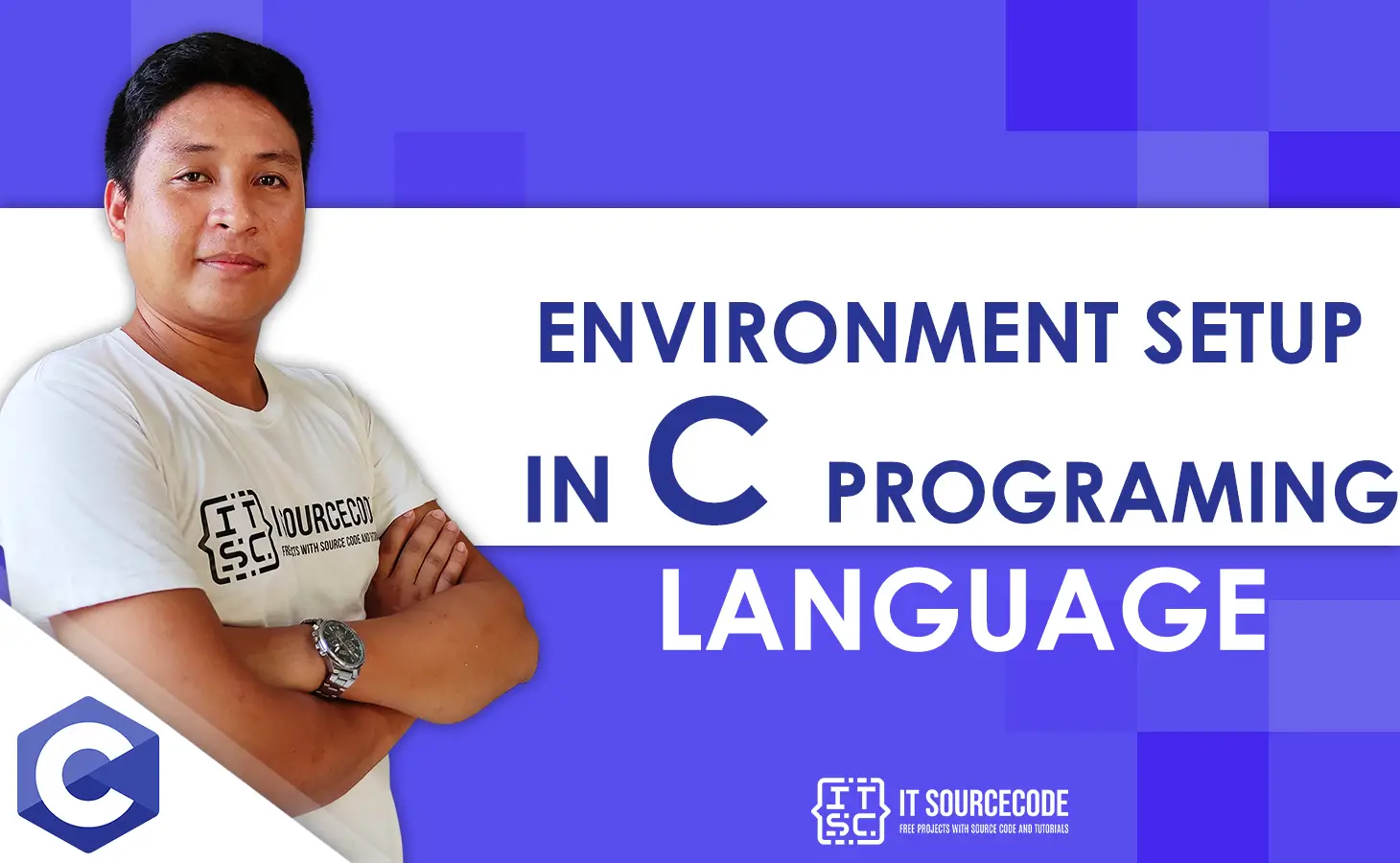Overview of c programming language is a procedural, imperative, general-purpose computer programming language.
It was developed by Dennis M. Ritchie at Bell Telephone Laboratories in 1972 to develop the UNIX operating system.
C remains at the top of the popularity rankings, alongside Java, for software programming languages.
What is C?
C is a programming language that can be used for many different things. It was made by Dennis Ritchie at Bell Laboratories in 1972.
Even though it is an old language, it is used by a lot of people. Since C was made to write the UNIX operating system, it has a strong connection to UNIX.
C is a general-purpose programming language that is extremely popular, simple, and flexible to use. It is a structured programming language.
That is machine-independent and extensively used to write various applications.
Operating Systems like Windows, and many other complex programs. Like Oracle database, Git, Python interpreter, and more.
Why to Learn C Programming?
As we studied earlier, ‘C’ is a base language for many programming languages.
So, learning ‘C’ as the main language will play an important role while studying other programming languages.
It shares the same concepts such as data types, operators, control statements, and many more. ‘C’ can be used widely in various applications.
It is a simple language and provides faster execution. Many jobs are available for a ‘C’ developer in the current market.
How C Programming Language Works?
C is a compiled language. A compiler is a special tool that compiles the program and converts it into an object file that is machine-readable.
After the compilation process, the linker will combine different object files and create a single executable file to run the program. The following diagram shows the execution of a ‘C’ program.
History of C language
‘ALGOL’ is the foundation or father of all programming languages. In 1960, it was initially introduced.
In many European countries, ‘ALGOL’ was widely utilized.
The concept of structured programming was first introduced to the developer community by ‘ALGOL’.
A new computer programming language named ‘BCPL’. which stands for Basic Combined Programming Language, was announced in 1967.
Martin Richards made the BCPL language, which Ken Thompson used to make the B language. Then, the C language was made using the B language.
American National Standard Institute gave the language a set of rules in 1989. (ANSI).
The International Standard Organization (ISO) approved a version of the C programming language in 1990. This version of C is also called C89.
After the C language was used by programmers all over the world and was accepted by the world as a whole, work on the C++ language began to make it even better.
The idea behind making C language was to make a simple language. That only needs a simple compiler (to translate the code from English to the 0s and 1s.
A computer can understand and to let programmers write complex programs in a language.
That is close to English because they used to have to write Machine instructions, which were hard to remember.
Why is C Language so popular?
C language is a great way to get started in programming because it is a simple, easy-to-learn language that can do amazing things.
Programs written in the C language run very quickly, almost as fast as instructions written in assembly language.
Instructions at the assembly level are just direct commands that tell the computer’s hardware what to do.
In the beginning, C language was mostly used for writing system-level programs, such as designing Operating Systems.
This was because, in the 1980s, people were trying to make a stable, globally accepted operating system.
But C language can also be used to make other programs, like Text Editors, Compilers, Network Drivers, and many traditional PoS (Point of Sale) programs, like Restaurant Billing Systems, etc.
Why use C?
At first, C was used to build systems, especially the programs that make up the operating system.
C was chosen as a language for building systems because code written in C runs almost as fast as code written in assembly language. Some ways that C could be used are:
- Databases
- Language Interpreters
- Utilities
- Text Editors
- Print Spoolers
- Network Drivers
- Modern Programs
- Operating Systems
- Language Compilers
- Assemblers
Advantages of C Programming
- Easy to learn
- Structured language
- It produces efficient programs
- It can handle low-level activities
- It can be compiled on a variety of computer platforms
- It is simple to comprehend.
- a large number of libraries
- It’s simple to write
- Cost-effective
- Quick execution time
- Portable
- Procedure Oriented Language is simple to debug.
- Speed of Compilation Algorithms and data structures are executed quickly.
- Memory allocation that is dynamic
What are the disadvantages of C language?
- Object Orientation Deficit
- Memory Management is inefficient.
- There is no garbage collection.
- Checking at runtime
- In C, there is no concept of a namespace.
- Exception Handling isn’t present.
- Constructor and Destructor aren’t present.
C Programs
A C program can include anything from three to millions of lines and should be written in one or more text files with the extension “.c,” such as hello.c.
You may write your C program into a file using “vi”, “vim,” or any other text editor.
This lesson assumes that you can edit a text file and write source code within a program file.
Conclusion
An overview of the C language and its history was the main focus of this session. Dennis Ritchie created C in 1972 at AT&T’s Bell Laboratories. We shall study the features of the C language in detail in the upcoming tutorial.
Try to run the C Programming code for free through online
Click the link Here! ➡ C Online Compiler



